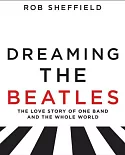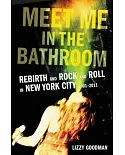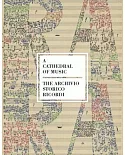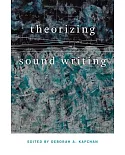This lively history immerses the reader in San Francisco's musical life during the first half of the twentieth century, showing how a fractious community overcame virulent partisanship to
establish cultural monuments such as the San Francisco Symphony (1911) and Opera (1923). Leta E. Miller draws on primary source material and first-hand knowledge of the music to argue that a
utopian vision counterbalanced partisan interests and inspired cultural endeavors, including the San Francisco Conservatory, two world fairs, and America's first municipally owned opera house.
Miller demonstrates that rampant racism, initially directed against Chinese laborers (and their music), reappeared during the 1930s in the guise of labor unrest as WPA music activities exploded
in vicious battles between administrators and artists, and African American and white jazz musicians competed for jobs in nightclubs.





















